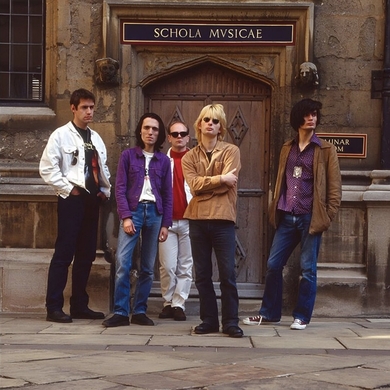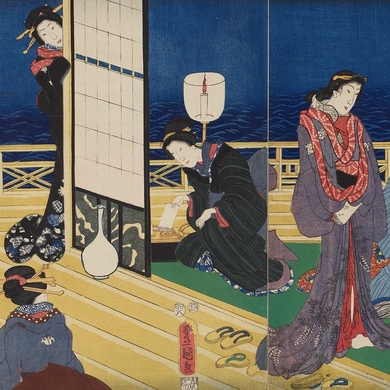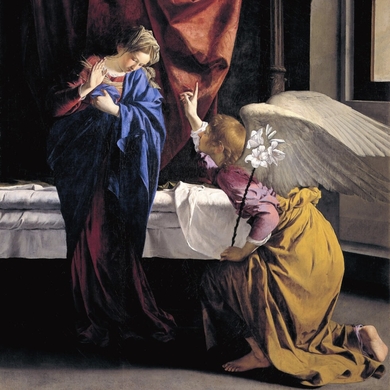“I prefer drawing to talking,” the Swiss-French architect Le Corbusier once said. “Drawing is faster and leaves less room for lies.” Le Corbusier drew prolifically, producing paintings, sculptures, drawings, and tapestries in addition to his architecture and design commissions. In 1917, when he moved to Paris, he fell in with the Cubists and began fashioning still lifes out of geometric shapes. In 1925, he turned to decorative art, which he insisted was misnamed. “Modern decorative art has no decoration,” he said. All these facets of his work fit into his Synthèse des Arts, a term he began using in the late 1940s to describe his belief that painting, sculpture, and architecture should come together as a unified whole. This exhibition, spanning the last 30 years of his career—from 1930 to 1965—juxtaposes Le Corbusier’s mature œuvre with that of his contemporaries, including Jean Arp, Wassily Kandinsky, and Fernand Léger. —Elena Clavarino
Arts Intel Report
Le Corbusier: Synthesis of the Arts 1930–1965

Le Corbusier, Two Women and a Match Box, 1933.
When
Jan 7 – Mar 23, 2025
Where
Japan, 〒105-8301 Tokyo, Minato City, Higashishinbashi, 1 Chome−5−1, Panasonic Tokyo Shiodome Building, 4階
Etc
Photo: The Minoru Mori Collection, Tokyo
Explore More
Dec 11, 2025 – Mar 22, 2026
Nov 8, 2025 – Apr 14, 2026



